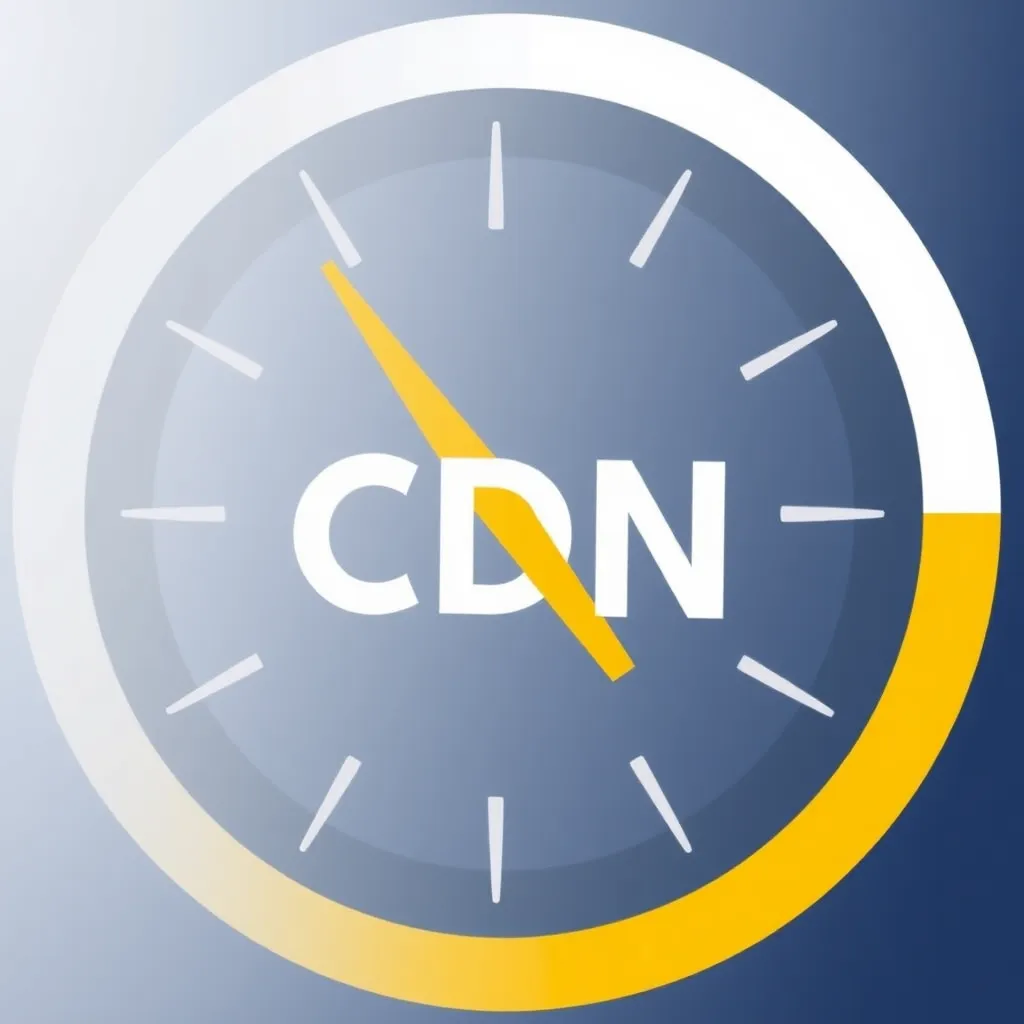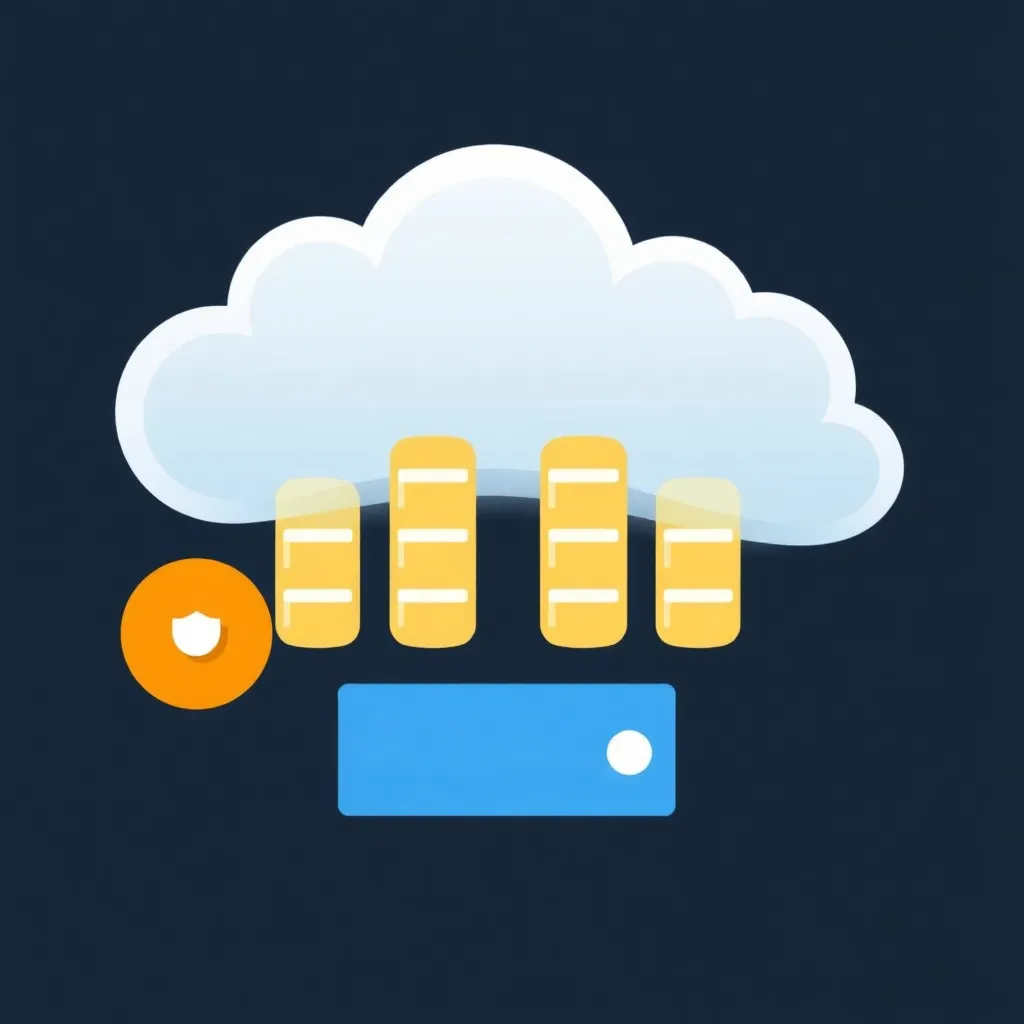Introduction to Python: The versatile programming language for all needs
Python has become one of the most popular programming languages in the world in recent years. There are many reasons for this: Python is easy to learn, versatile and offers a large community that is constantly developing new libraries and frameworks. Whether for web development, data analysis, artificial intelligence or automation - Python is the tool of choice in many areas.
History and development of Python
The programming language was developed in the early 1990s by the Dutch programmer Guido van Rossum. His aim was to create a language that was easy to read and write. Incidentally, the name Python is a tribute to the British comedy group Monty Python. Since its introduction, Python has continued to evolve and is now one of the most widely used programming languages in the world.
Clear and concise syntax
A major advantage of Python is its clear and concise syntax. Unlike many other programming languages, Python uses indentation to structure the code. This makes programs easy to read and forces developers to adopt a clean programming style. Python also uses comparatively few keywords, which significantly reduces the learning curve for newcomers.
Python as an interpreted language
Python is an interpreted language. This means that the code is interpreted at runtime and not compiled beforehand. This makes the development and testing of programs very fast and flexible. At the same time, Python is platform-independent - programs run on Windows, macOS, Linux and other operating systems without any adaptations. This platform independence offers developers the opportunity to make their applications available to a broad user base.
Dynamic typing and flexibility
Another feature of Python is dynamic typing. Variables do not have to be declared explicitly; the interpreter recognizes the type automatically. This saves code and makes the language more accessible for beginners. Experienced programmers appreciate the resulting flexibility. This feature makes it possible to quickly develop prototypes and make changes to the code without having to worry about strict type definitions.
Low barrier to entry and a wide range of applications
The entry barrier to Python is very low. Useful programs can be written with just a few lines of code. At the same time, the language also offers all the possibilities for complex applications. Python supports various programming paradigms such as object-oriented, aspect-oriented and functional programming. This versatility makes Python attractive for both beginners and experienced developers.
Extensive standard library and expansion options
One of Python's great strengths is its extensive standard library. It contains modules for many common programming tasks such as file operations, network communication or database access. There are also thousands of additional packages that can be installed via the package manager pip. Well-known libraries include NumPy and Pandas for scientific computing, Django and Flask for web development and TensorFlow and PyTorch for machine learning. This wide range of libraries enables developers to quickly and efficiently find solutions to a wide variety of problems.
Python in web development
In web development, Python is often used for server-side applications. Frameworks such as Django or Flask enable the rapid development of web applications and APIs. Many well-known websites and services such as Instagram, Pinterest or Spotify use Python in the backend. These frameworks offer integrated solutions for common tasks such as user management, database integration and security measures, which significantly reduces development time.
Data analysis and visualization with Python
An important area of application for Python is data analysis and visualization. With libraries such as Pandas, Matplotlib and Seaborn, large amounts of data can be processed efficiently and displayed in an appealing way. Python is also widely used in the field of business intelligence and big data analytics. Companies use Python to gain valuable insights from their data and make well-founded business decisions.
Artificial intelligence and machine learning
In recent years, Python has become the leading language for artificial intelligence and machine learning. Frameworks such as TensorFlow, PyTorch or scikit-learn offer powerful tools for the development of AI models. Many breakthroughs in the field of deep learning have been achieved with Python-based systems. The easy integration of these frameworks into Python applications makes the language the first choice for researchers and developers in the field of artificial intelligence.
Automation and scripting
Python is also ideal for automating tasks and creating scripts. Whether for system administration, web scraping or file processing - many routine tasks can be automated with just a few lines of Python code. This saves time and resources and increases the efficiency of work processes in companies and organizations.
Integration with other programming languages
Another advantage of Python is its good integration with other programming languages. For example, computationally intensive parts can be implemented in C and seamlessly integrated into Python programs. This makes it possible to combine the strengths of different languages. These hybrid approaches offer a flexible solution for demanding projects where performance and user-friendliness are equally important.
The role of the Python Software Foundation
The development of Python is coordinated by the Python Software Foundation. Python 3 is currently the main version, which is being continuously developed. Python 2 has not been supported since 2020. During the migration from Python 2 to Python 3, there were some changes that make the language more modern and consistent. The Python Software Foundation ensures that the language is constantly developed further and meets the latest requirements of the developer community.
Python as an introduction to programming
For beginners, Python offers a gentle introduction to the world of programming. The syntax is intuitive and there are excellent learning resources. Many universities and schools now use Python as the first programming language in the classroom. Online platforms such as Codecademy, Coursera and Udemy offer extensive courses and tutorials to support the learning process. There are also numerous books and community forums to help beginners take their first steps.
Python for experienced developers
Python is also attractive for experienced developers. The language enables high productivity and is suitable for both quick prototypes and large software projects. The extensive libraries make it possible to fall back on proven solutions instead of implementing everything from scratch. Python is also ideal for collaboration in teams, as the clear and well-structured code facilitates the maintenance and further development of projects.
Future prospects for Python
The future prospects for Python are very good. The language continues to grow in popularity and is being used in more and more areas. Python plays a central role in promising fields such as data science, AI and the Internet of Things in particular. The continuous development of the language and the growing community are helping to ensure that Python will remain a dominant force in software development in the coming years.
Conclusion: Python as a modern and versatile programming language
To summarize: Python is a modern, versatile and powerful programming language. It is ideal for beginners, but also offers experienced developers every opportunity. With its large community and huge ecosystem of libraries, Python is ideally equipped for current and future challenges in software development. Whether for web development, data analysis, artificial intelligence or automation - Python remains a first-class choice for developers worldwide.
Tips for getting started with Python programming
If you want to learn Python, there are a few steps that can help you get started:
- Install the latest version of Python from the official website.
- Use online tutorials and interactive platforms such as Codecademy or freeCodeCamp.
- Read beginner books like "Automate the Boring Stuff with Python" by Al Sweigart.
- Participate in the Python community through forums like Stack Overflow or the Python subreddit.
- Practice regularly by implementing your own small projects.
These steps will help you understand the basics and continuously develop your skills.
Popular Python projects and applications
There are numerous interesting projects and applications that have been implemented with Python. Some examples are
- Websites like Instagram and Pinterest use Python for their backend development.
- The popular operating system management tool Ansible is written in Python.
- The scientific calculation library NumPy is used in research worldwide.
- Game development with Python libraries such as Pygame.
These examples show the versatility of Python and its broad acceptance in various industries.
Python and security
Python is also frequently used in the field of IT security. With libraries such as Scapy for network analysis or Django for the development of secure web applications, security professionals can use Python to develop effective solutions. There are also numerous tools and frameworks based on Python that make security work easier.
Python in science and research
Python plays an important role in science and research. With libraries such as SciPy, BioPython and AstroPy, researchers can perform complex calculations, analyse and visualize data. Python facilitates collaboration between different scientific disciplines and promotes the exchange of knowledge through easy-to-understand, reproducible code.
Python and education
Python is increasingly being used in education to introduce pupils and students to programming. Its simple syntax and wide range of applications make Python an ideal choice for teaching. Many educational institutions are using Python to teach basic programming concepts and pave the way for more advanced courses of study.
Python for data scientists
Data scientists benefit greatly from the tools and libraries that Python offers. With Pandas for data manipulation, Matplotlib and Seaborn for visualization, and Scikit-learn for machine learning, Python is an indispensable tool in data science. The ability to efficiently process large amounts of data and gain meaningful insights makes Python the first choice for many data scientists.
Community and support
One of Python's greatest strengths is its lively and helpful community. Whether you are a beginner or an experienced developer - everyone can find support in the Python community. There are numerous forums, mailing lists and local meetup groups that promote exchange and help with problems. This strong community contributes significantly to the further development and popularity of Python.
Python and DevOps
In DevOps, Python plays an important role in the automation of development and deployment processes. Tools such as Ansible, SaltStack and Fabric are based on Python and make it possible to automate and efficiently manage complex tasks. Python facilitates the integration of different systems and promotes an agile and flexible way of working.
Python in the financial sector
Python is also widely used in the financial sector. Banks and financial institutions use Python for risk analysis, trading and financial data management. Libraries such as QuantLib and Zipline provide specialized tools for financial applications, making Python a preferred language in this sector.
Summary
Python is a modern, versatile and powerful programming language that has proven itself in many areas. From web development to data analysis and artificial intelligence, Python offers numerous application possibilities. Its clear syntax, extensive standard library and strong community make Python an excellent choice for developers of all experience levels. With its continuous development and growing popularity, Python remains one of the key programming languages of the future.



